Details
Sony Alpha 7R Mark III (ILCE-7RM3)
Sony α7R III: innovative full-frame system camera
The mirrorless digital camera Sony Alpha a7R III proves that speed, resolution, and video capabilities can coexist. It is a versatile, high-performance camera that excels not only in resolution, but also in multimedia versatility. With a 42.4MP full-frame Exmor-R BSI CMOS sensor and an updated BIONZ X image processor, the a7R III offers an impressive 10fps continuous shooting rate and improved autofocus performance for faster, more reliable subject tracking while maintaining wide image coverage. The updated Fast Hybrid AF system uses a combination of 399 phase detection points and 425 contrast detection areas for faster focus acquisition in varying lighting conditions and also maintains focus more effectively on subjects. In addition to speed and autofocus, the processing enhancements also contribute to higher image sharpness across the ISO 100-32000 sensitivity range, which can be further extended to ISO 50-102400. Video recording capabilities have also been enhanced to improve quality when shooting UHD 4K video with the full width of the full-frame sensor, or when using a Super35 range and 5K oversampling to minimize moiré and aliasing. In addition, the a7R III features 5-axis SteadyShot INSIDE image stabilization with sensor shift in both photo and video modes, which now reduces the occurrence of camera shake by up to 5.5 stops.
In addition to the image enhancements, the Sony a7R III also features a revised body design that includes a 3.69m-dot Tru-Finder OLED electronic viewfinder for bright, clear and realistic eye-level monitoring. A tiltable 3.0-inch, 1.44m diagonal touchscreen LCD on the back provides intuitive control of settings and supports working from high and low angles. Two SD memory card slots are now available for more shooting flexibility. A larger NP-FZ100 battery is also used, allowing up to approximately 530 shots per charge when using the viewfinder. The magnesium alloy body and extensive weather sealing make the a7R III dust and moisture resistant, which accommodates the camera's use in harsh conditions.
42.4 MP Exmor R BSI CMOS Sensor and BIONZ X Image Processor
The 42.4-megapixel full-frame Exmor R CMOS sensor is rear-exposed and works with the BIONZ X image processor to deliver high-resolution photos and video while minimizing noise and improving speed. This sensor structure works with a gapless on-chip lens design and anti-reflective coating, as well as the elimination of the optical low-pass filter to improve light gathering and bring out details. In addition, the copper wiring layer dramatically improves data transfer speed to produce high-resolution 14-bit photos at 42.4 megapixels with a native sensitivity range of ISO 100-32000, which can be extended to ISO 50-102400. It also enables internal UHD 4K video recording with a wide dynamic range using the full width of the full-frame sensor. The BIONZ X processor also works with a high-speed front-end LSI to realize faster processing times and capture an impressive 15 stops of dynamic range at low sensitivities.
The sensor and processor combination also enables fast continuous shooting at up to 10 frames per second at full resolution, for up to 76 consecutive frames, and with full-time AF/AE when using either a mechanical or electronic shutter. A continuous shooting rate of up to 8 fps is also possible when shooting in Live View mode.
Fast hybrid AF system
An enhanced 4D FOCUS system now uses a combination of 399 phase detection points covering approximately 68% of the image field and 425 contrast detection areas for reliable and fast autofocus and subject tracking performance. This fast hybrid AF system now achieves twice the focusing speed and more reliable tracking compared to previous a7R models, as well as improved low-light focusing performance down to -3 EV. The use of phase detection points also enables the use of A-mount lenses via the optional LA-EA3 or LA-EA1 lens mount adapters with full compatibility for continuous AF/AE tracking.
The Apt focus system also lends itself to a variety of focusing functions for refined accuracy, including Lock-on AF, which maintains focus on moving subjects by using a configurable frame placed over the desired moving subject, and Expand Flexible Spot, which uses adjacent focus points to maintain focus on moving subjects even if the originally selected point loses focus. Additionally, Eye AF can be used to focus on the eyes of the detected subject in portraits and is available in both AF-S and AF-C modes. Autofocus can also be used in conjunction with the Focus Magnifier function for critical focusing when targeting tiny subject details. The rear touchscreen can also be used for touch focus control, and a touchpad focus control mode allows intuitive use of the rear screen while keeping your eyes on the viewfinder.
For more customized focus control and to work in vertical or horizontal shooting orientation, the AF area can be switched in orientation to better match your subject. AF tracking sensitivity can be adjusted in five steps to match subject movement. Frequently used focus point settings can be stored and recalled with a custom button for faster switching between focus settings.
5-axis SteadyShot INSIDE image stabilization.
The rugged a7R III is equipped with a 5.5-axis SteadyShot INSIDE image stabilization system that compensates for five different types of camera shake during handheld photo and video shooting. This allows users to use any lens, including adapted lenses, for critical shooting without suffering blur.
At long focal lengths, the system corrects for tilt and yaw. Macro shots and high magnification shots, on the other hand, benefit from horizontal and vertical shift compensation. All shooting styles will benefit from roll compensation. All 5 axes of stabilization work at all times, even when using third-party lenses and adapters or lenses with built-in optical stabilization.
UHD 4K video recording in XAVC S format.
Internal recording of UHD 4K movies is possible in multiple frame rates up to 30 fps. Based on Super35mm recording area and effective 5K resolution, oversampling enables higher detail and full pixel readout, i.e., without pixel binning, for higher image quality with reduced moiré and aliasing. Full-frame 4K recording has also been dramatically improved to increase quality at medium to high sensitivities and allow full use of the entire sensor width. Full HD 1080p recording is also supported at frame rates up to 120 fps. Both resolutions use the XAVC S format at 100 Mbps within an MP4 wrapper with 4:2:0 sampling. High-speed recording at 120 fps also enables 4X and 5X slow-motion recording at frame rates of 30p or 24p. In addition to high-resolution internal recording, uncompressed HDMI output also allows the use of an optional external recorder for clean 4K recording with 4:2:2 sampling.
4K video recording also offers the ability to create 8MP still images during playback by taking one frame from a movie and saving it as a separate file
Additional video features
HDR content support:
The a7R III offers extensive customizable color and gamma controls, allowing users to adjust gamma, black level, knee, color level and more. In addition, users can use the same S-Log2 gamma curve found in Sony's high-end cinema cameras, which squeezes up to 1300% more dynamic range into the video signal than the traditional REC709 curve, increasing post-production flexibility. HLG (Hybrid Log-Gamma) is also supported, as is BT.2020 color space for wide color gamut capture. In addition to S-Log2, S-Log3 is also available to create an effective 14-step dynamic range with increased grading control in the shadow and midtone areas of the image.
Slow motion and time-lapse:
With a variety of new frame rates available in an S&Q mode, you have more control over your video recording options. This allows you to record Full HD video at either of two levels between 1-120 fps. With these settings, you can slow down the action as well as speed up a slow moving scene. This setting is also switchable to NTSC/PAL.
Advanced Zebra Function:
An advanced zebra function is ideal for helping monitor exposure levels in high-contrast scenes. Video signal level targets can be set from 0 to 109, and specific ranges can be specified to facilitate adjustment of exposure values.
Time code and user bit settings:
A time code can record hours, minutes, seconds, and frames on the image data for more precise editing, while the user bit function can record the date, time, and scene number to facilitate editing shots from multiple cameras.
Proxy recording:
UHD 4K movies and lower resolution proxy movies can be recorded simultaneously. The smaller proxy files are ideal for quick preview or pre-editing, which can reduce the time required for final 4K editing.
Housing design and integrated Wi-Fi/Bluetooth.
The updated quad-VGA OLED Tru-Finder EVF with a resolution of 3.69 million dots provides a bright, clear and detailed display. Depending on the shooting situation, both standard and high quality settings can be used to optimize the viewing experience. This updated viewfinder design also enables the use of autofocus in Focus Magnifier mode, as well as an improved focus peaking that benefits manual focus operation.
In addition to the EVF, a 3.0-inch, 1.44m pixel LCD is available on the rear, featuring a touch panel design for intuitive operation and focus control. The screen also tilts 107° up and 41° down, making it easier to work from high and low angles.
The magnesium alloy body provides rigidity, durability and stability while keeping weight to a minimum. The lens mount has also been improved to better support heavy lenses, and the rigidity of the grip has been improved for a more comfortable hand position.
The rugged shutter features a coreless motor and brake system that reduces vibration and increases shutter life to approximately 500,000 operations.
A weatherproof seal protects against dust and moisture for reliable operation in harsh weather conditions.
The a7R III uses the same NP-FZ100 battery as the a9, but has improved battery life and is now rated for approximately 530 shots per charge with the EVF or 650 shots with the rear LCD.
Two SD memory card slots allow for flexible file storage and handling. They can be configured to partition raw and JPEG files or be used for overflow shooting. One of the card slots is designed to support UHS-II memory cards.
Built-in PC sync port for wired flash sync with flash units or wireless radio remotes.
A USB 3.1 Gen 1 Type-C port has been added in addition to a micro USB port to provide faster and more reliable tethering support. The USB Type-C port allows the camera to charge from the host power source while plugged in.
The a7R III has a 3.5mm microphone input jack for compatibility with external microphones. And for users who need more, the camera is also equipped with the Sony XLR-K2M XLR adapter for recording professional balanced XLR audio signals with phantom power and adjustable mic/line inputs. A 3.5mm headphone jack is available for monitoring audio signals, as well as real-time audio levels for visual reference.
Thanks to built-in Wi-Fi, the a7R III allows instant sharing of images to mobile devices for direct online publishing to social networks, email and cloud storage. NFC (Near Field Communication) is also supported, allowing one-touch connection between the camera and compatible mobile devices; no complex setup is required. Once connected, the linked mobile device can also display a live image on its screen and remotely control the camera's shutter release.
The Bluetooth connection enables location data to be captured.
Pixel Shift Multi-Shot
This unique compositing mode lets you achieve even higher resolution than the 42.4 MP sensor offers. Combined with sensor-shift image stabilization, this mode shifts the sensor while taking four consecutive shots to capture approximately 169.6 MP of information for greater color accuracy and detail than is possible with a single shot. These files can then be merged in post-processing using the Sony Imaging Software Suite to merge them.
Other camera features
The rating function lets you assign stars from 1 to 5 to images in the camera for faster editing and sorting in post-processing at home.
An advanced 1200-zone evaluative metering sensor delivers consistent and accurate results when using multi-field, center-weighted, or spot metering.
Highlight and average modes help avoid overexposed highlights and provide stable automatic exposure, respectively.
The anti-flicker function automatically detects and times the shutter release to minimize the flicker effect for more consistent photo results.
Picture Effect Modes: Posterization (Color), Posterization (B&W), Pop Color, Retro Photo, Partial Color (R/G/B/Y), High Contrast Monochrome, Toy Camera (Normal/Cool/Warm/Green/Magenta) and Soft High-Key.
Creative Style Modes: Standard, Vivid, Neutral, Clear, Deep, Bright, Portrait, Landscape, Sunset, Night Scene, Autumn Foliage, Black & White, Sepia, Style Box (1-6), (Contrast (-3 to +3 stops), Saturation (-3 to +3 stops), Sharpness (-3 to +3 stops).
Sigma 28-70mm f2.8 DG DN © for Sony-E
The SIGMA 28-70mm F2.8 DG DN Contemporary redefines the standard Zoom lens for mirrorless cameras, combining outstanding optical performance and a continuous F2.8 aperture with a lightweight and compact body.
Design-wise, the 28-70mm F2.8 DG DN Contemporary is based on the 24-70mm F2.8 DG DN Art, but with a focal length range starting at 28mm. This makes the lens body much smaller and lighter, with the same excellent optical performance.
Lightweight and compact body
The slightly smaller wide-angle range of the 28-70mm F2.8 DG DN Contemporary compared to the has allowed the size of the 28-70mm body to be significantly reduced. The Contemporary product line concept balances performance and handiness.
The lens features a single, lightweight focusing element, so the AF unit can also be kept small. Together with a quiet and fast stepper motor, this provides responsive and virtually silent autofocus performance.
The 28-70mm F2.8 DG DN Contemporary weighs 470g on its own and just 890g together with the for example. At less than 1kg, such an outstandingly lightweight camera system gives photographers a tremendous amount of freedom and flexibility to realize their creative visions. It is also a perfect choice for filmmakers looking for a powerful, lightweight and easy-to-handle camera system that also works well with a gimbal and other accessories.
The genes of the Art product line
The optical design of the SIGMA 28-70mm F2.8 DG DN Contemporary is based on the 24-70mm F2.8 DG DN Art, which is known for its outstanding optical performance throughout the focal length range. The 28-70mm F2.8 DG DN Contemporary follows the core concept of the Contemporary product line: it has been designed to offer the right balance of performance and handiness. In a body light enough for everyday use, this fast standard Zoom lens thus delivers outstanding image quality that rivals lenses in the Art product line.
Outstanding build quality
Although it is commonly believed that plastic parts are more difficult to ensure processing accuracy than metal parts, no compromises have been made in the processing quality of the 28-70mm F2.8 DG DN Contemporary. One reason for this is the use of the special polycarbonate TSC (Thermally Stable Composite), which has comparable thermal shrinkage to aluminum. This reduces the differences in thermal shrinkage between metallic and non-metallic components, ensuring consistent performance even under extreme temperature fluctuations. The use of polycarbonates in the construction of Zoom and focus rings can make them appear less premium in practice. However, when these parts are carefully machined for precision and appropriately adjusted in motion by lubricants, the rings provide precise mechanics with an exceptionally high-quality feel.
Highest optical performance
The 28-70mm F2.8 DG DN Contemporary makes use of state-of-the-art technology and features a modern optical design that includes three aspherical, two FLD and two SLD elements.
Despite the overall lower number of elements than the 24-70mm F2.8 DG DN Art, the design still results in extensive correction of longitudinal chromatic aberration and sagital coma that cannot be corrected by camera. This allows users to create images that are consistently sharp from the center to the edge of the shot. In addition to the anti-ghosting design, the Super Multi-Layer and Nano-Porous coatings ensure well-controlled flare for high-contrast results even when backlit. The front lens of the lens has a water and oil repellent coating.
The everyday companion
The SIGMA 28-70mm F2.8 DG DN Contemporary offers an enhanced photographic experience for photographers with a mirrorless camera who need a fast standard Zoom lens. Its high-quality, intuitive construction makes the lens as exciting to use as the incredible images it can produce - inspiring you to realize your creative potential.
High-quality coating
An ideal lens directs incident light through all the lenses and onto the sensor. If, on the other hand, some of the light is reflected by individual lenses, not only is the light yield reduced; the reflections within the lens create ghost images and aperture spots, or they reduce the contrast. Such effects would be particularly noticeable in backlit shots.
To prevent this, the 28-70mm F2.8 DG DN Contemporary uses Super Multi-Layer Coating (SML) and Nano-Porous Coating, which reduce flare and ghosting. The result is clear, sharp, high-contrast images without distracting lens flares.
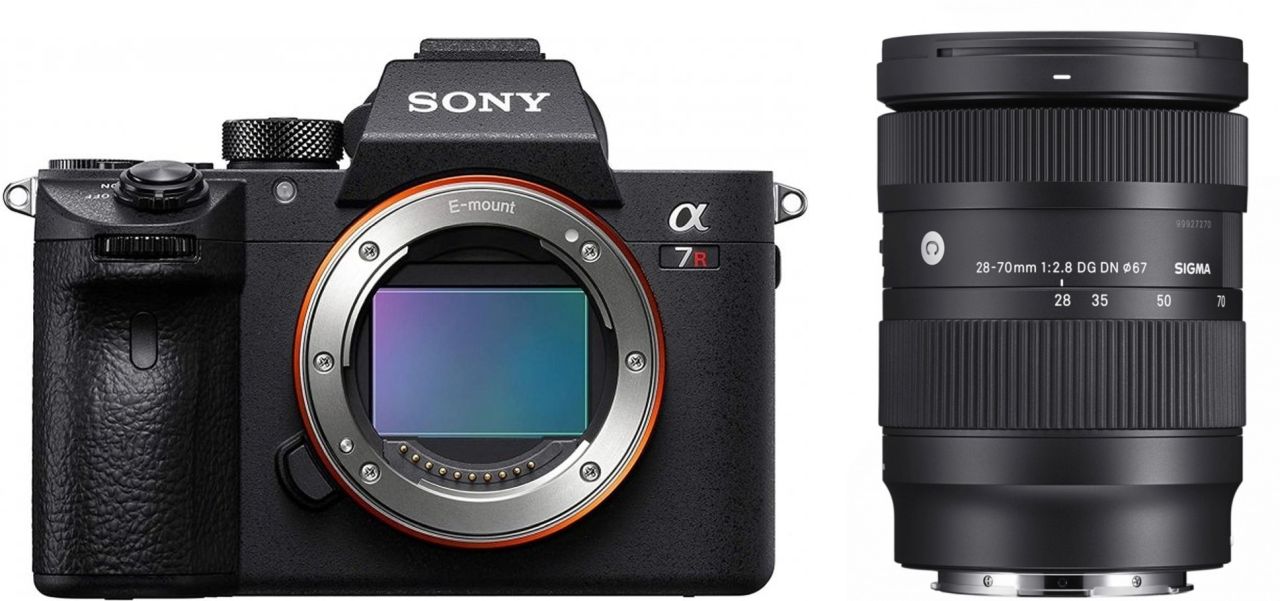
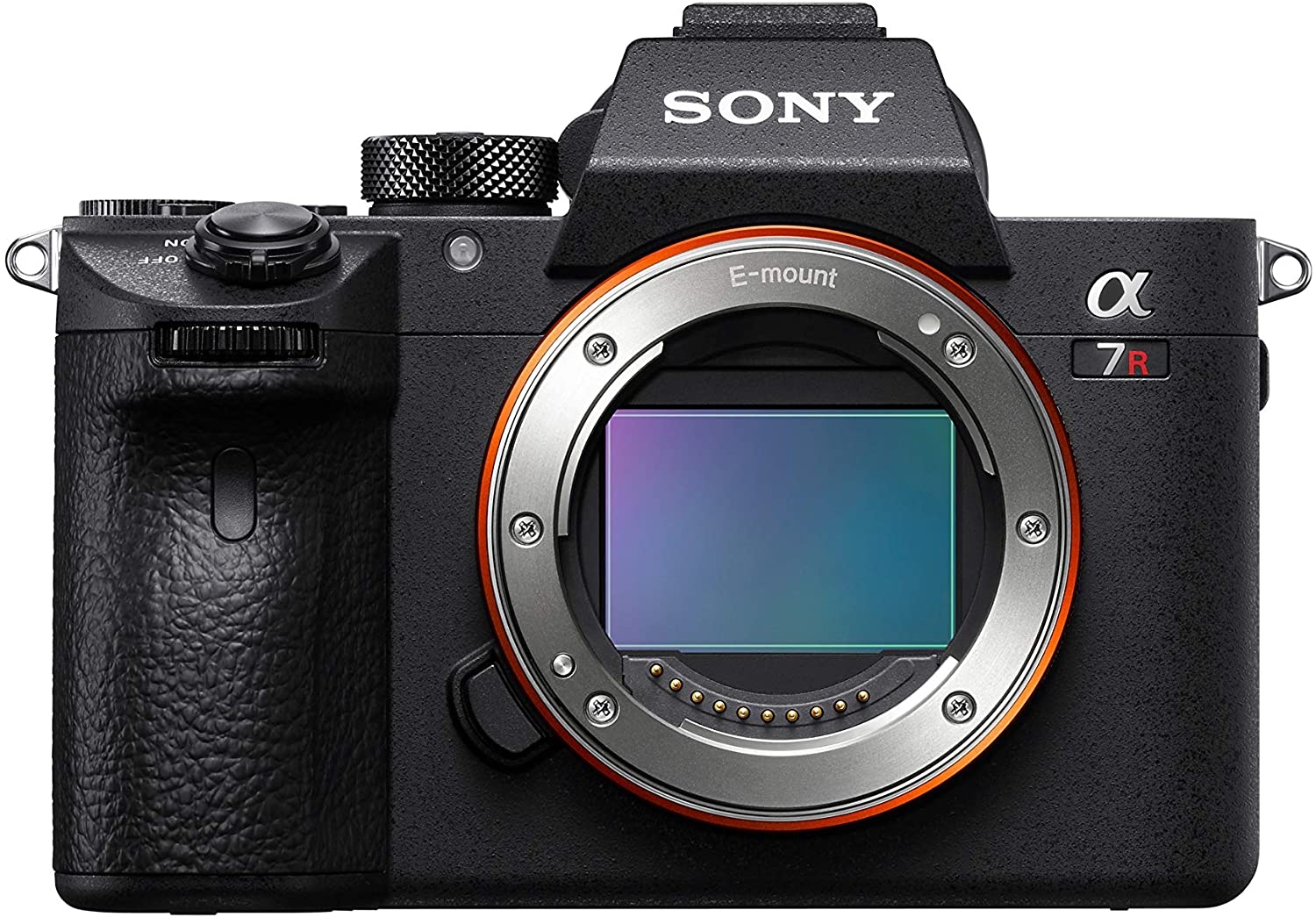
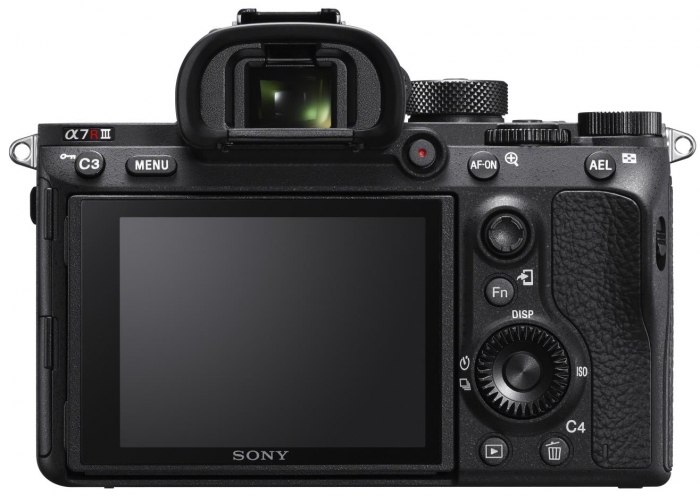
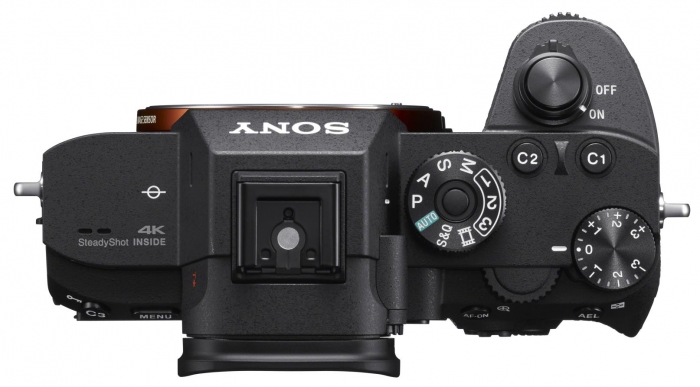
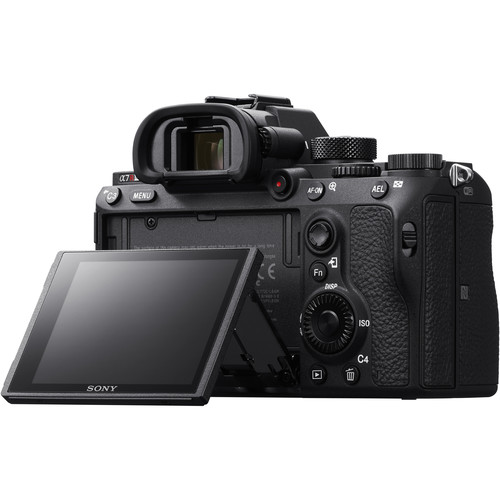
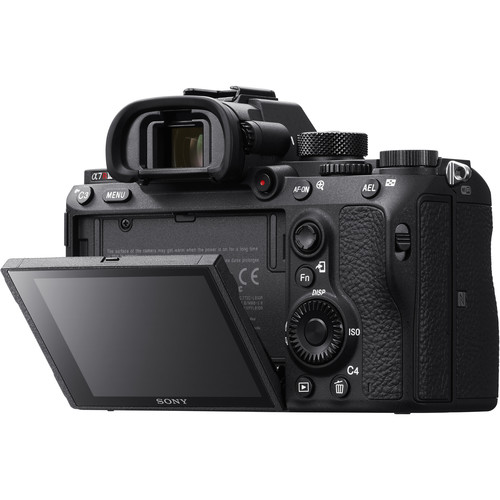
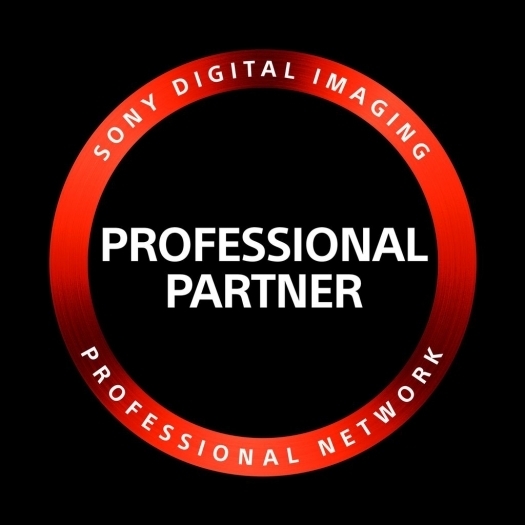
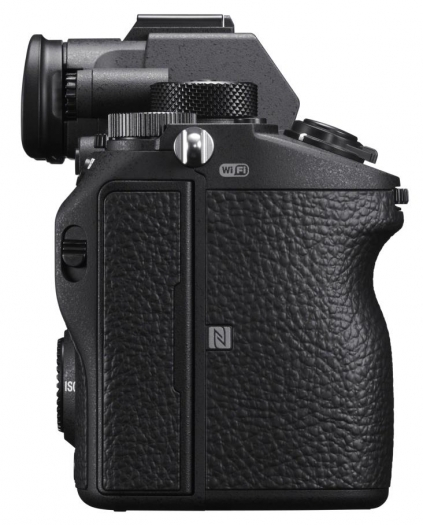
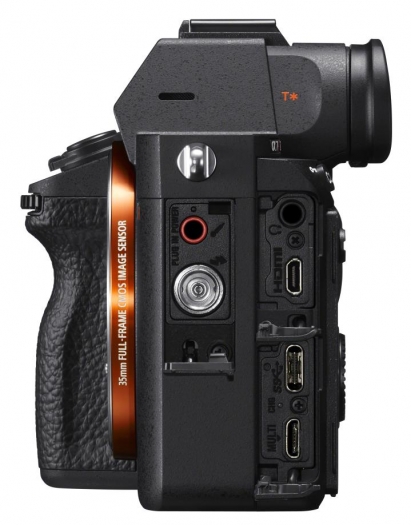
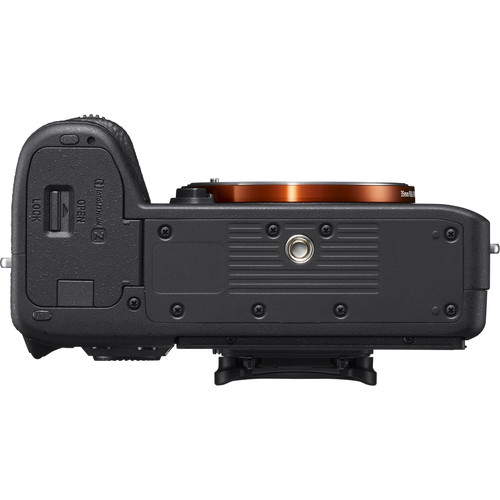
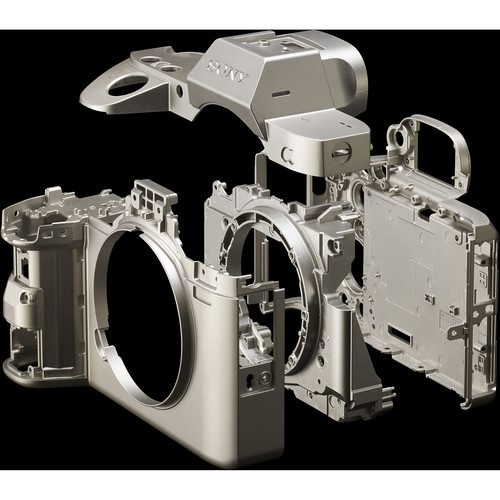


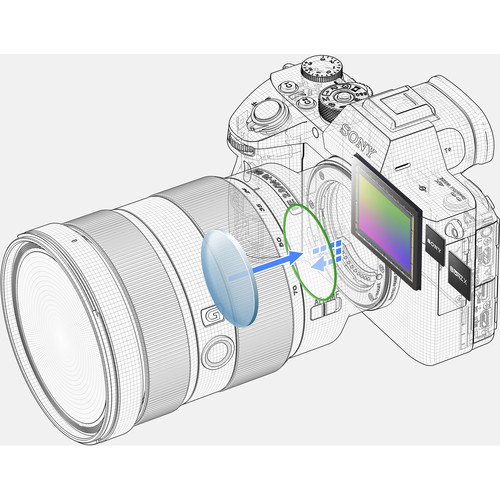



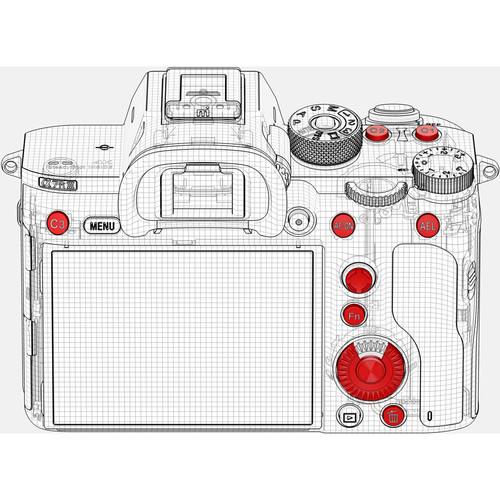
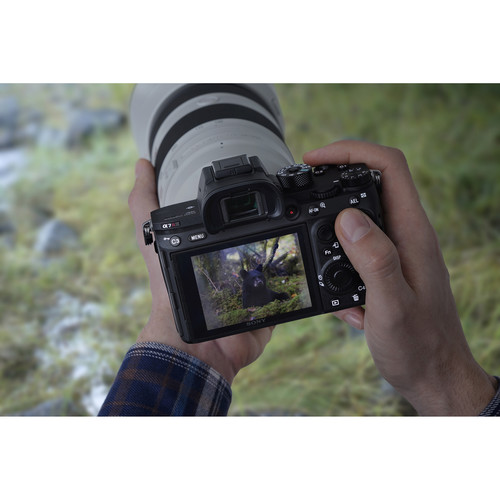
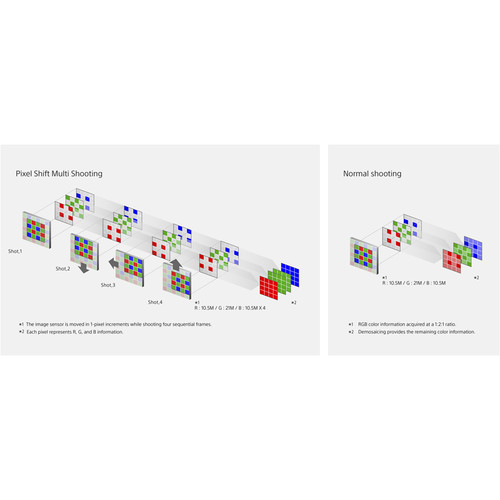
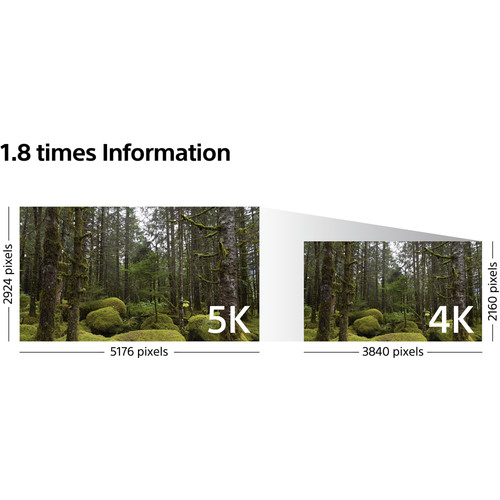
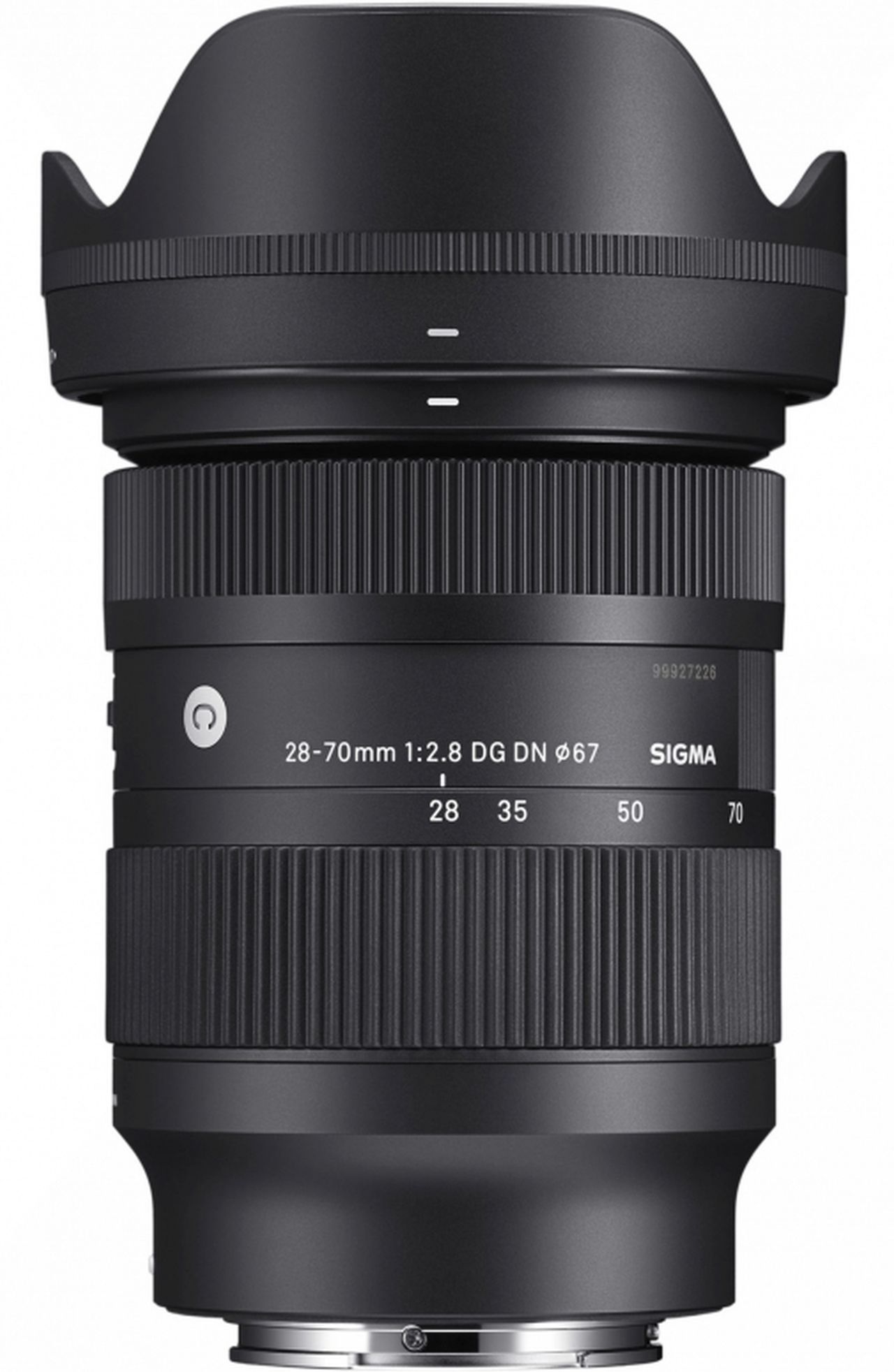
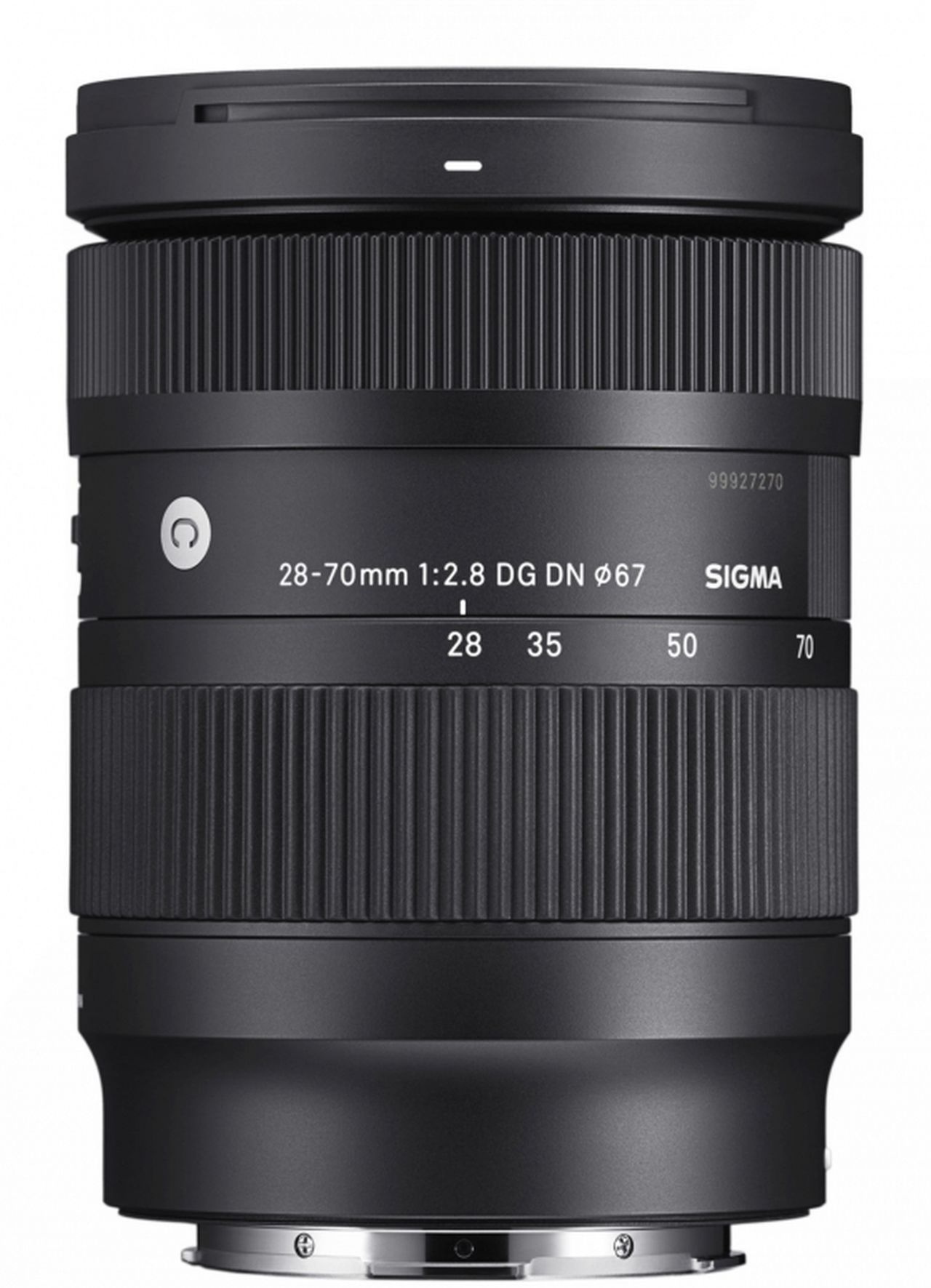

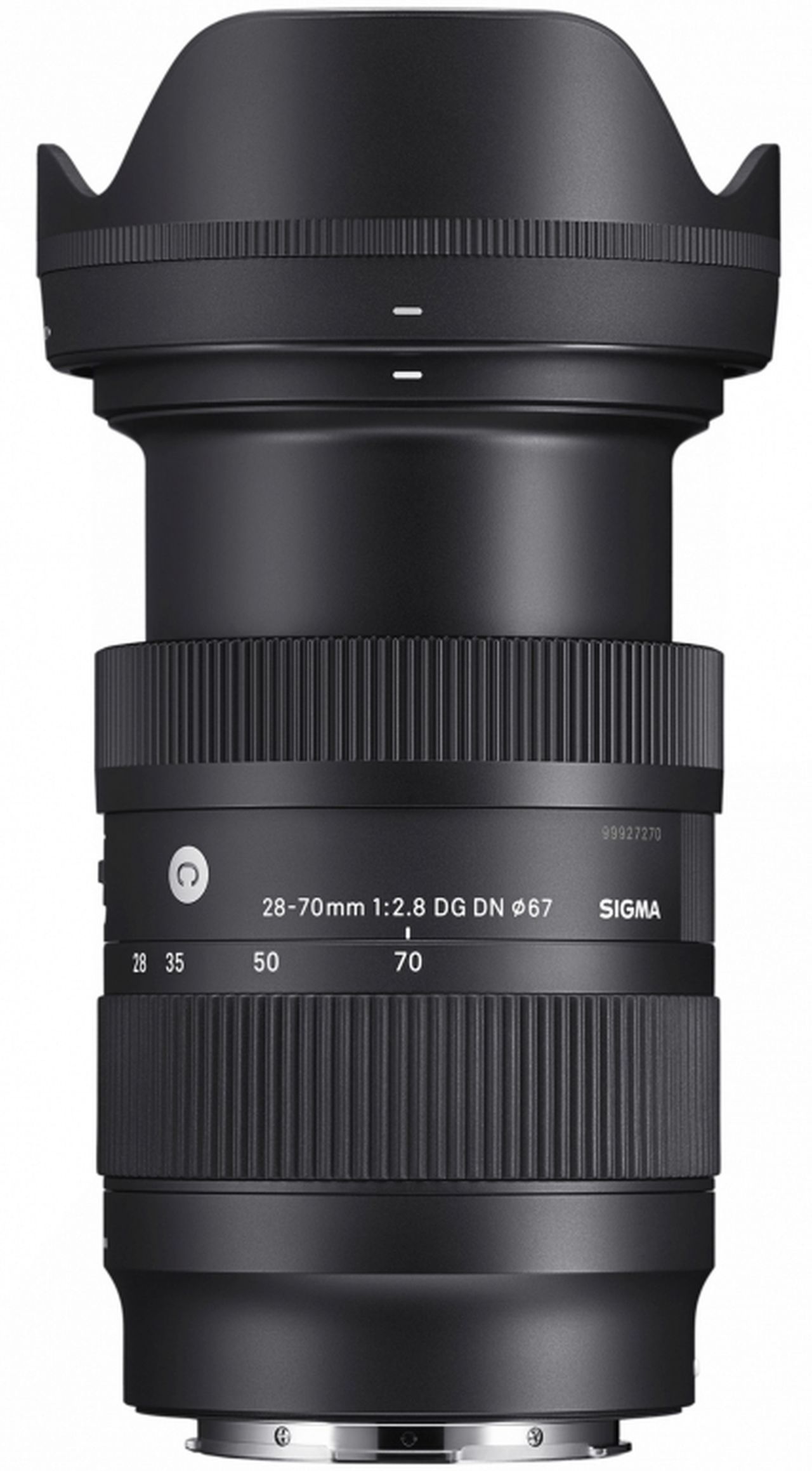
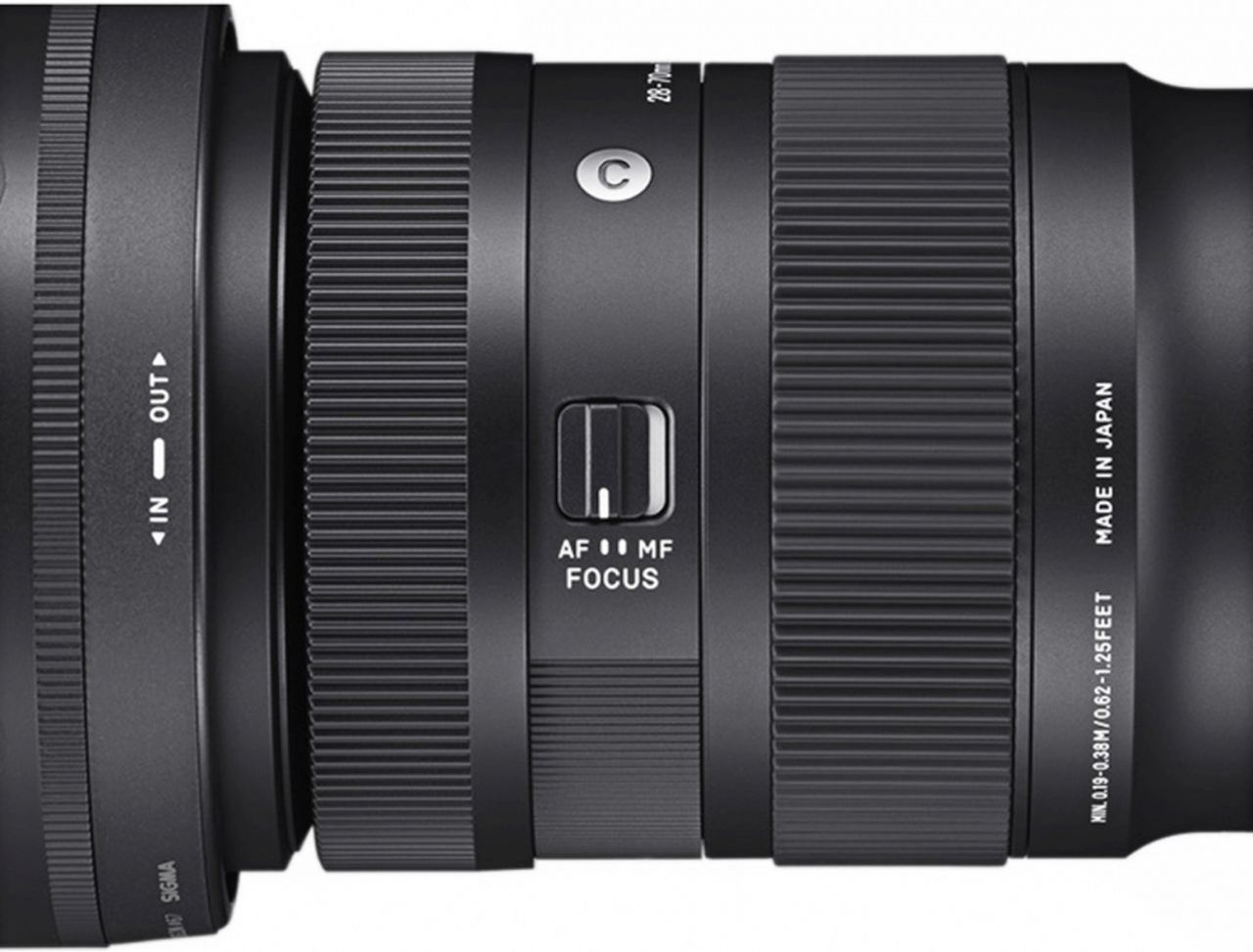
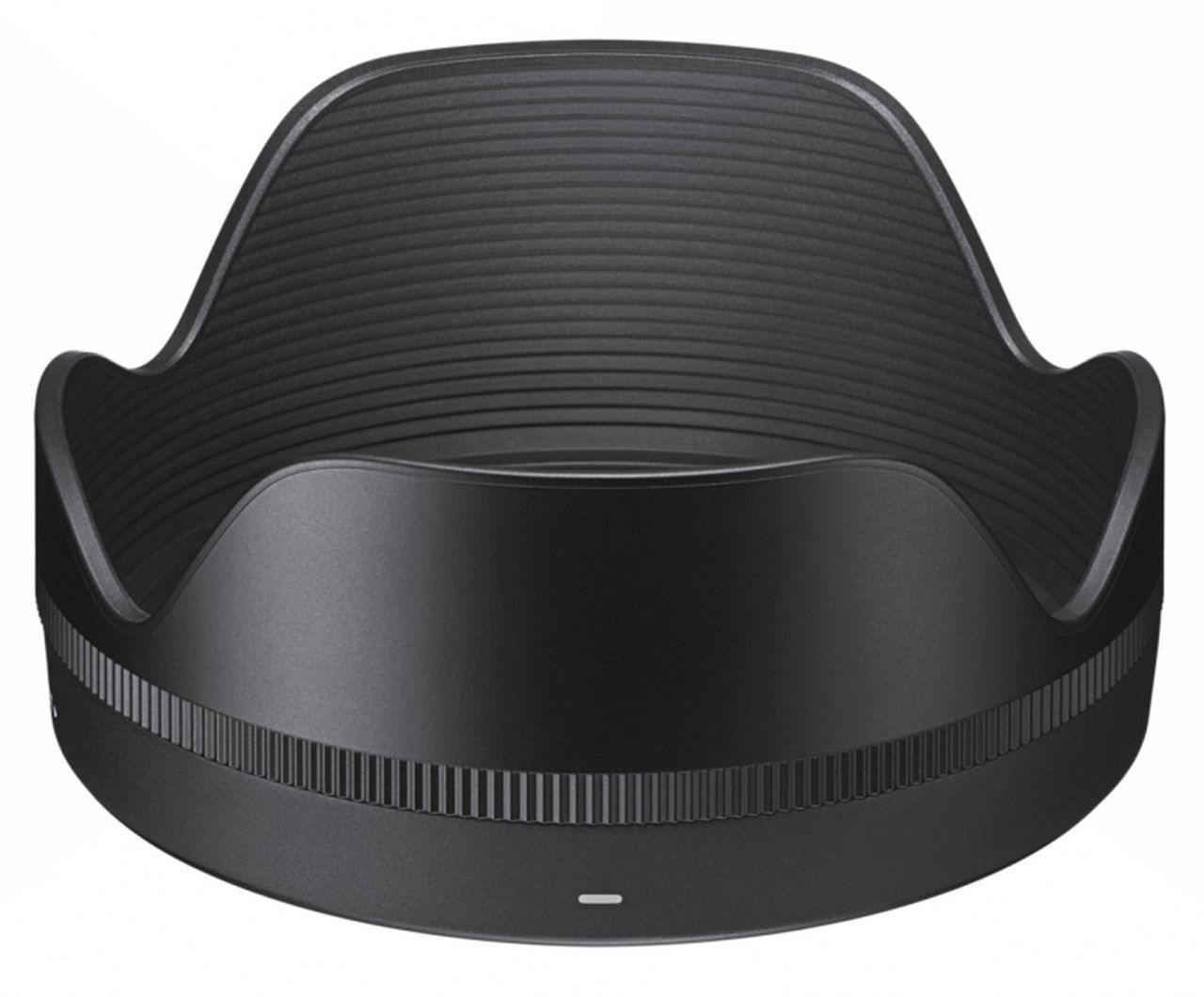
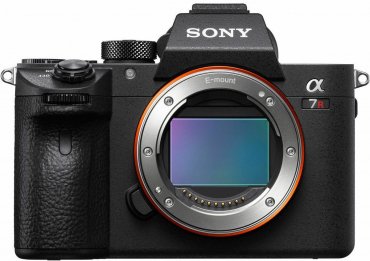
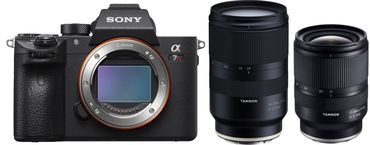
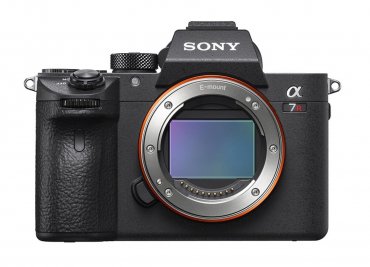
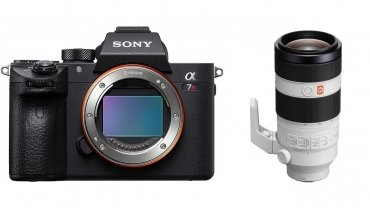

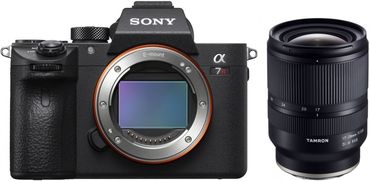
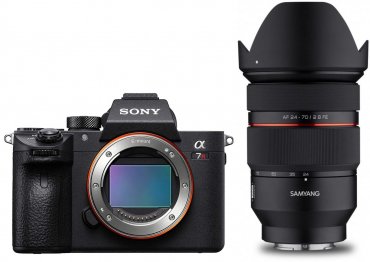
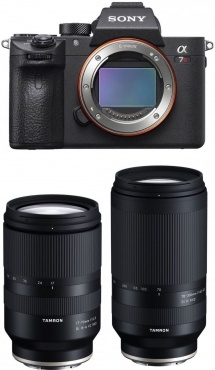
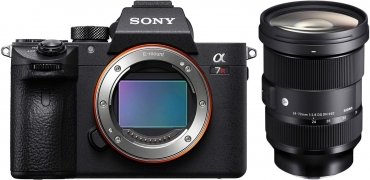
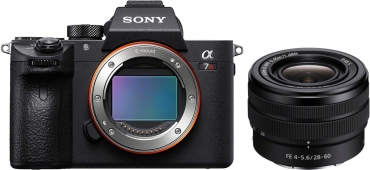
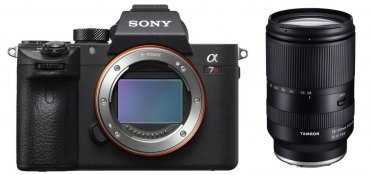
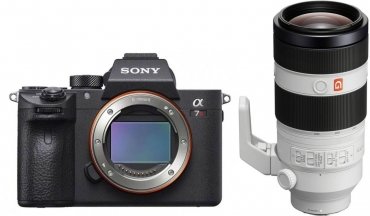
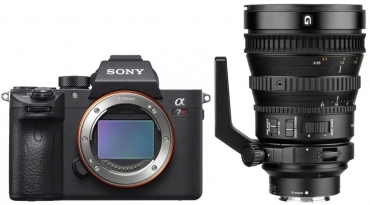
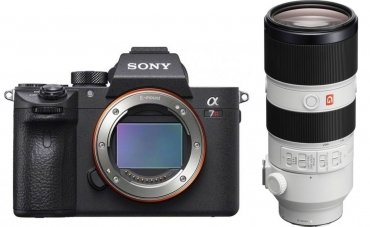
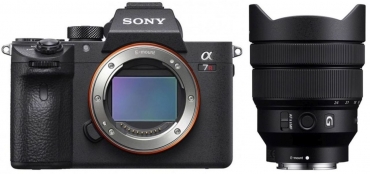
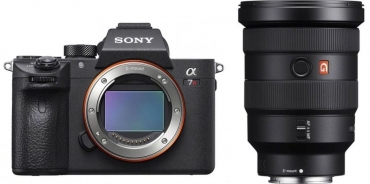
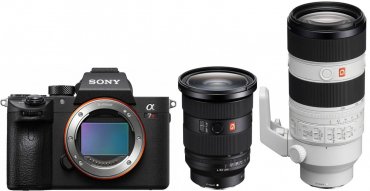
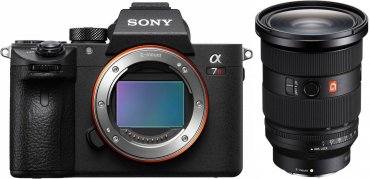
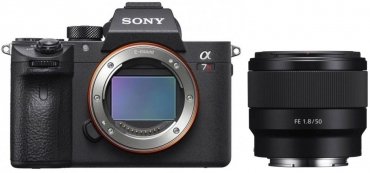
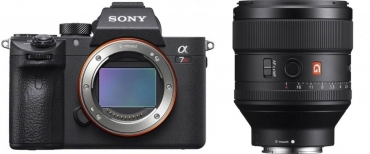
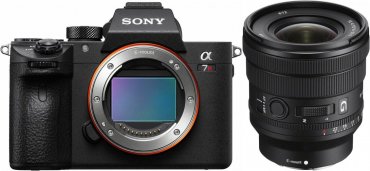
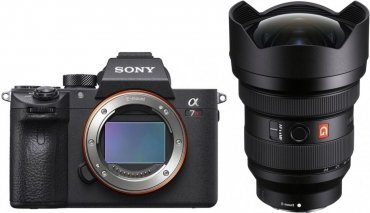
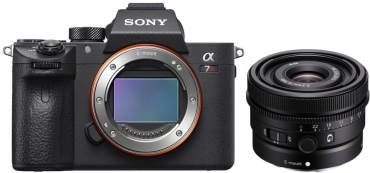
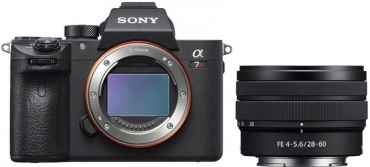
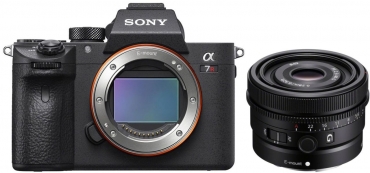
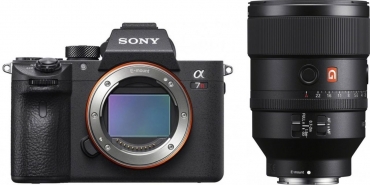
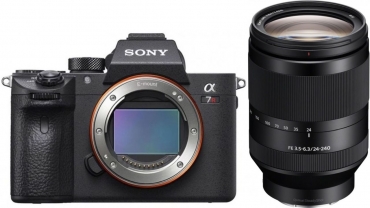
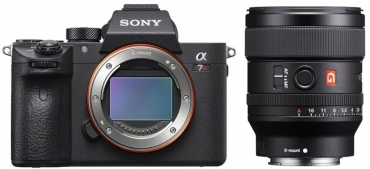
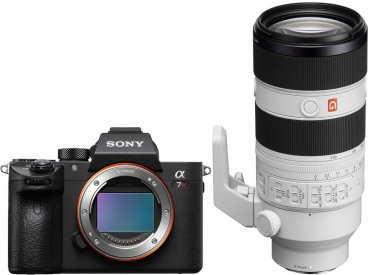
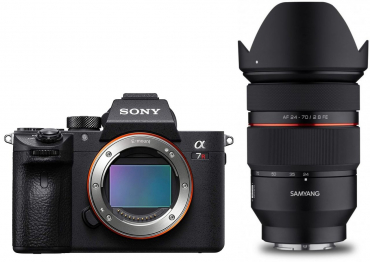


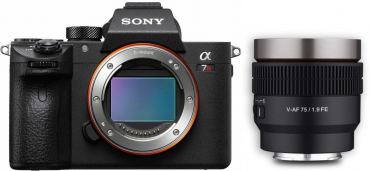
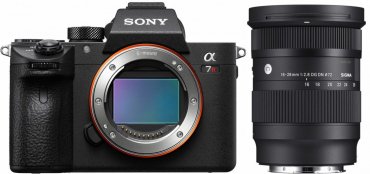


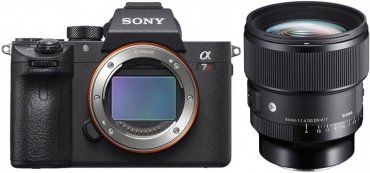
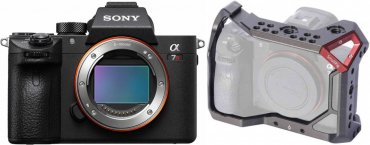
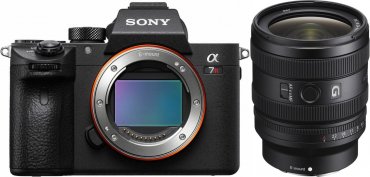
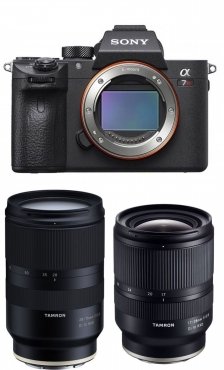
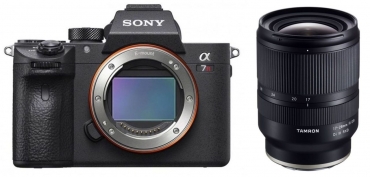
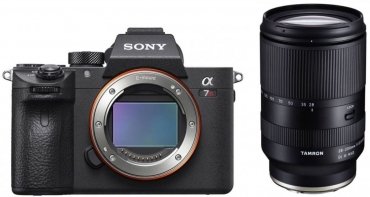
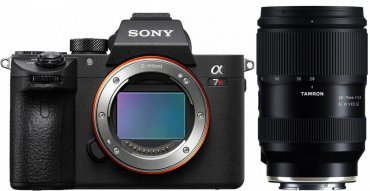
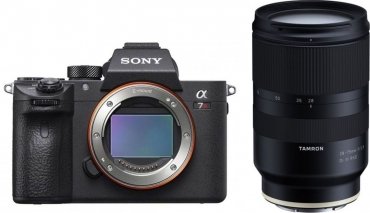

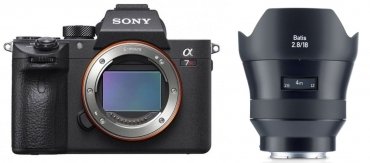


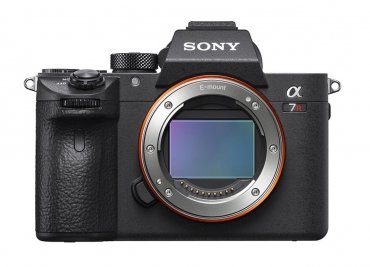

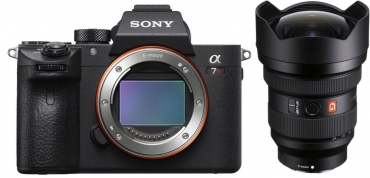
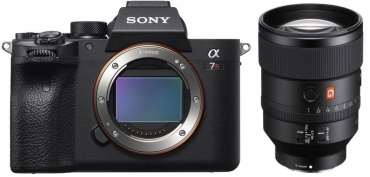
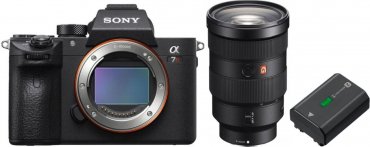
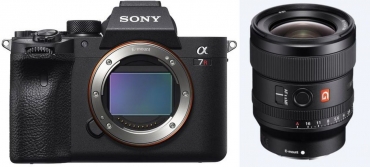
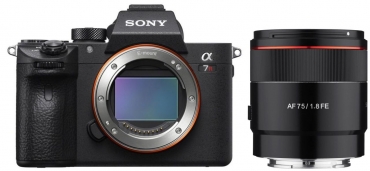
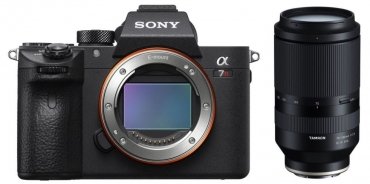

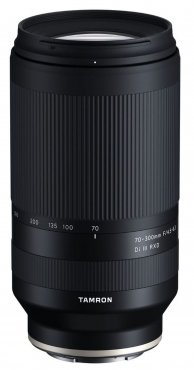

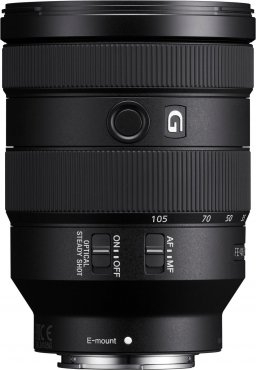

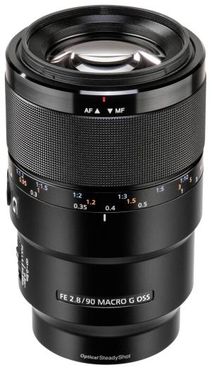
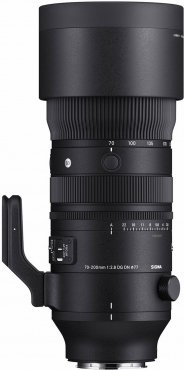
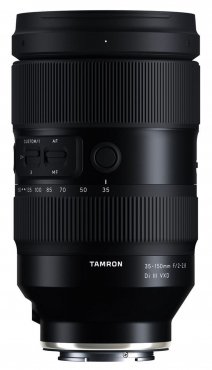
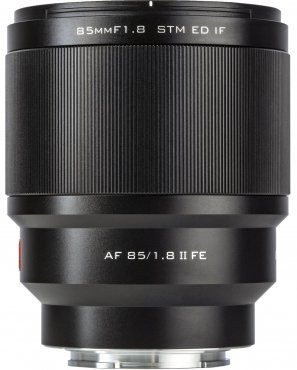
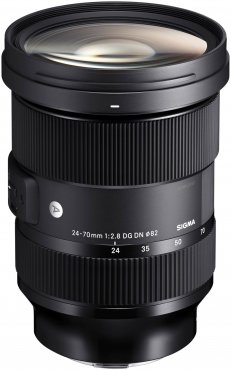
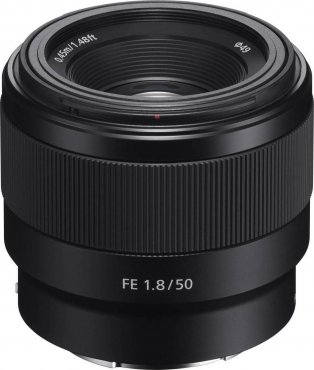
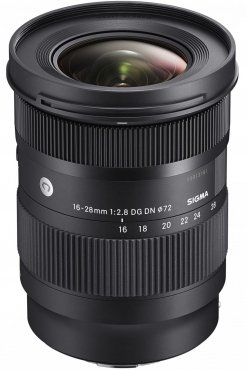
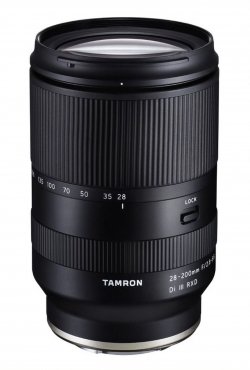
![Sigma 150-600mm f5-6.3 DG DN OS [S] Sony E-mount](https://media.foto-erhardt.de/images/product_images/thumbnail_images/907/sigma-150-600mm-f5-63-dg-dn-os-s-sony-e-mount-162814386990790304.jpg)
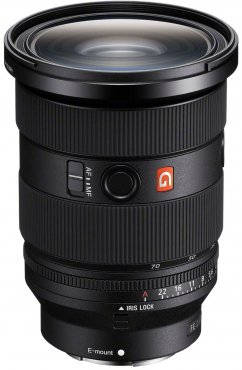

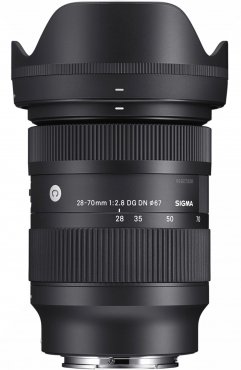
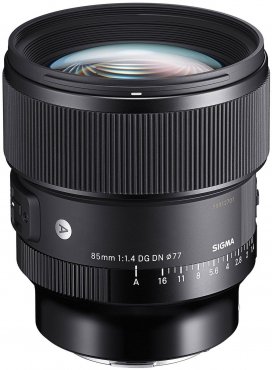
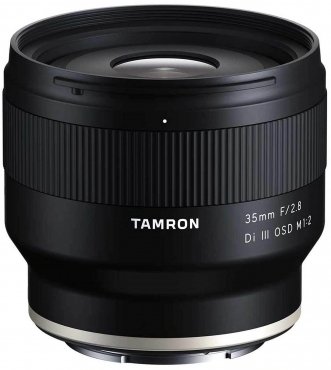

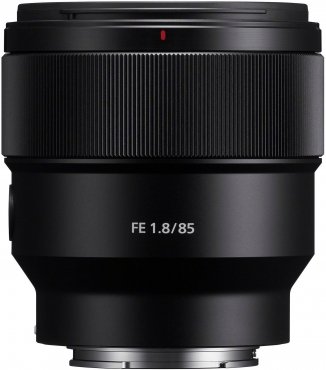

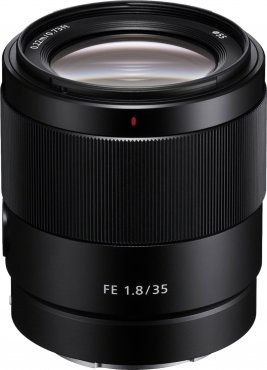
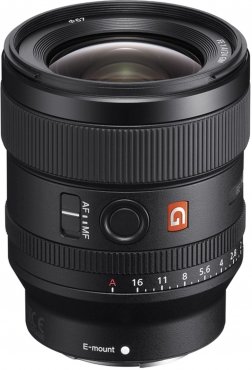
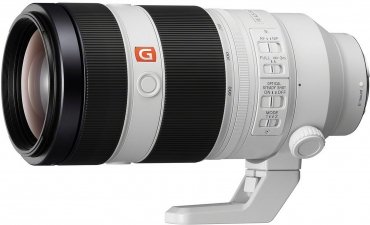
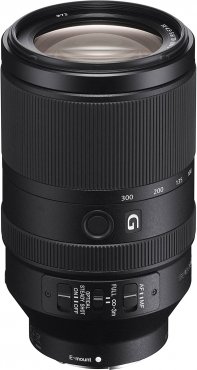
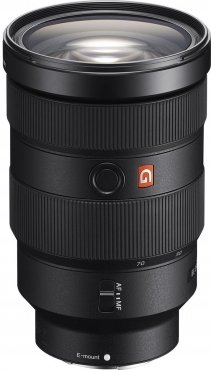
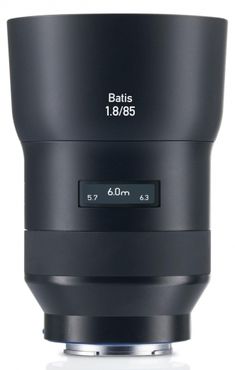
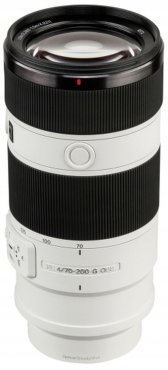
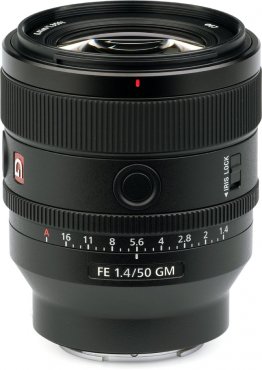
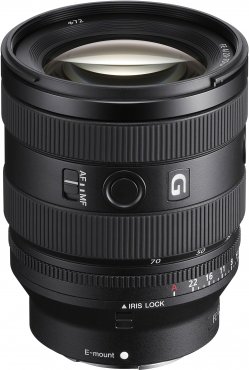
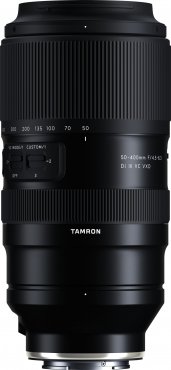

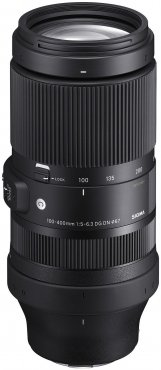
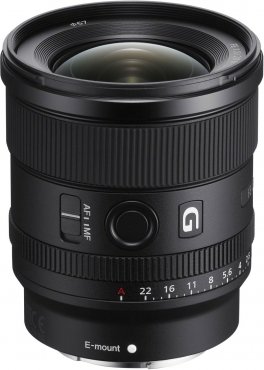
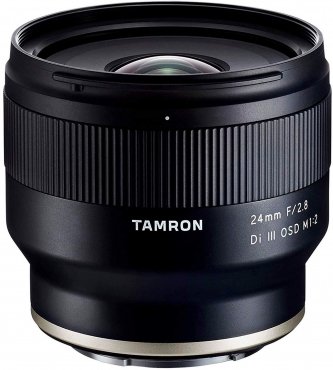

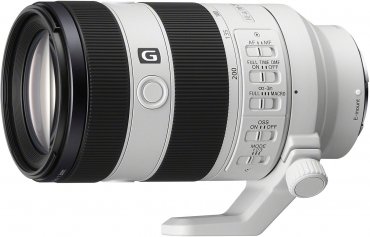
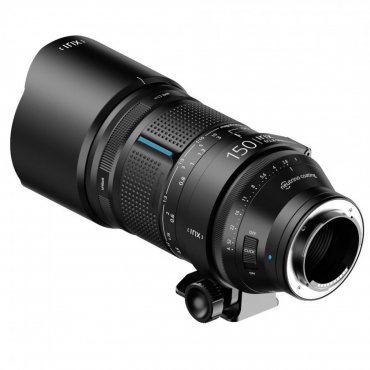

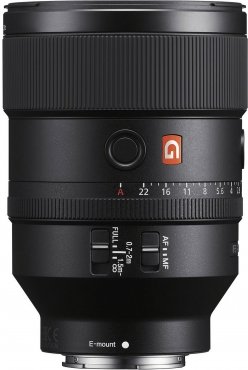
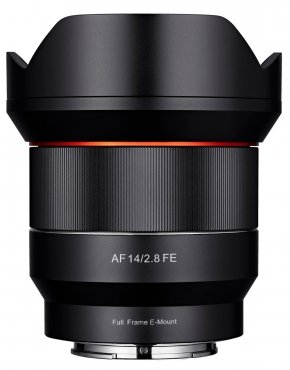
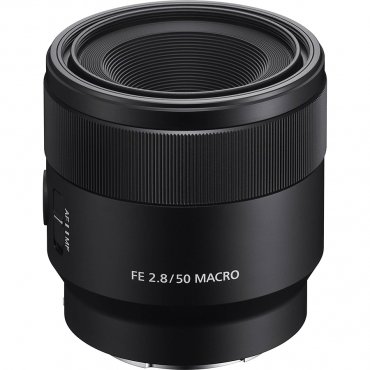
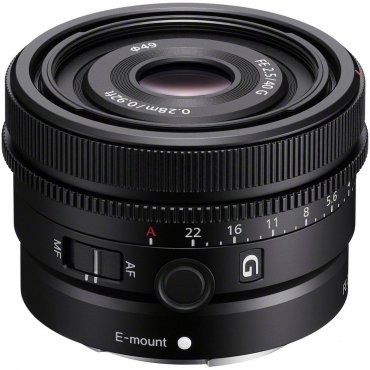
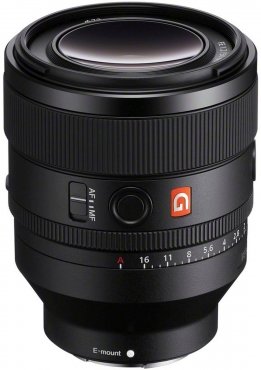
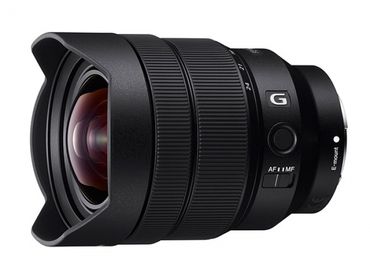

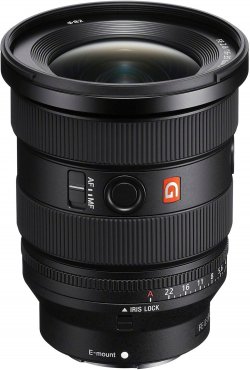
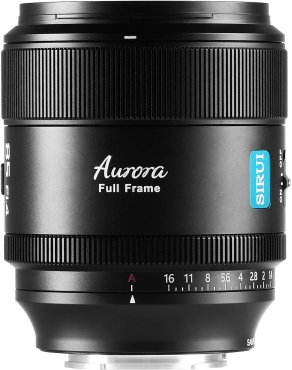
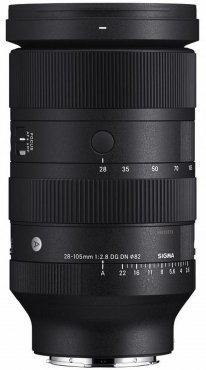
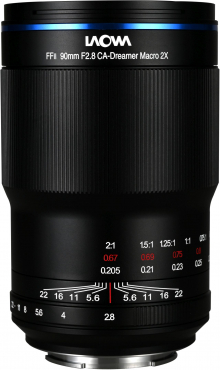


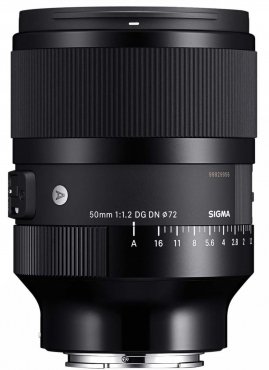
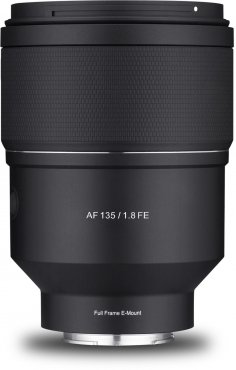

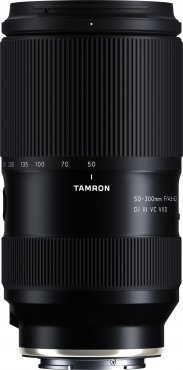
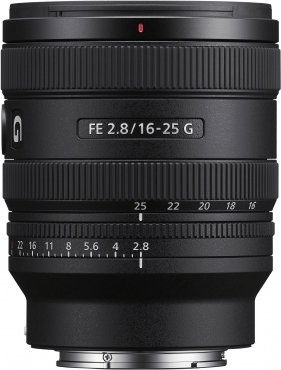
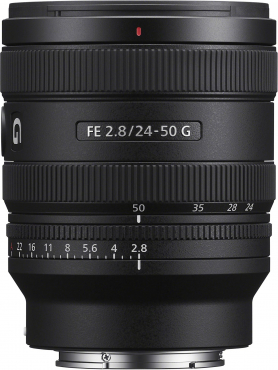
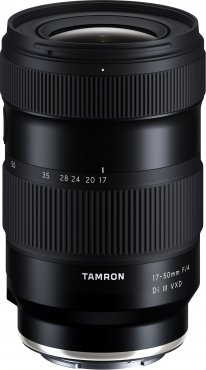

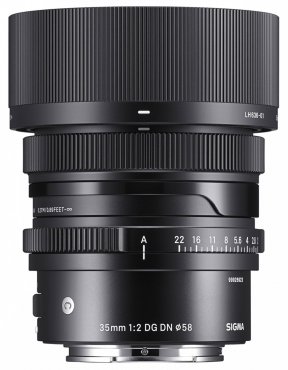
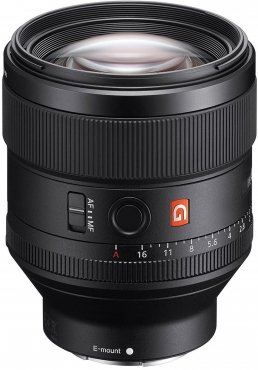
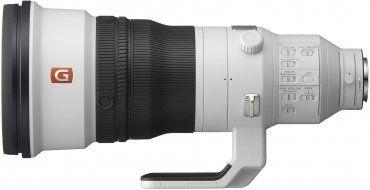

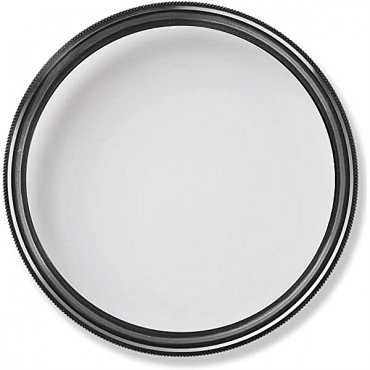
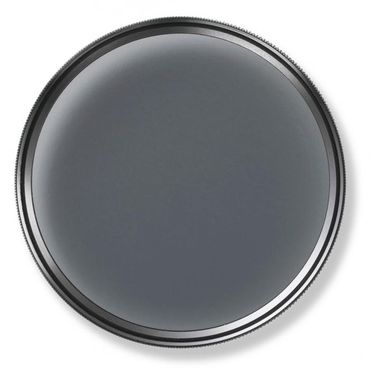
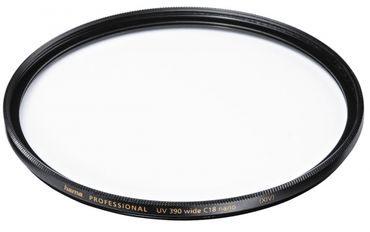
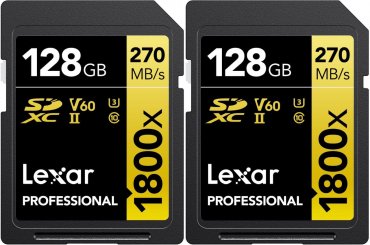
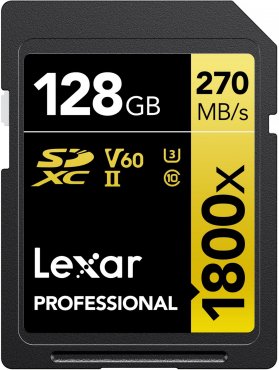
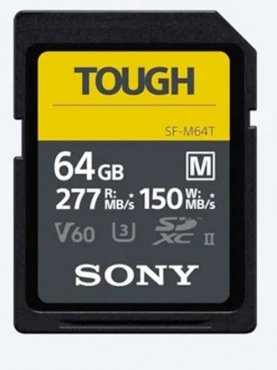
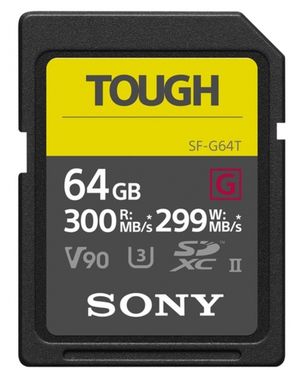
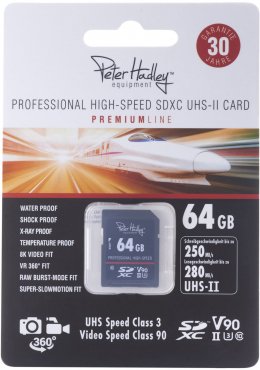
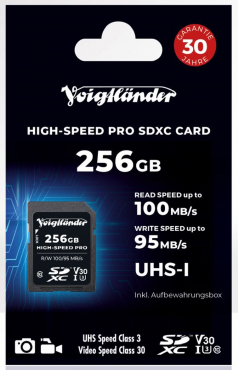
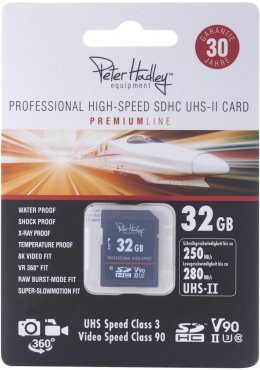
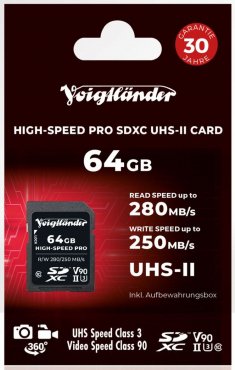
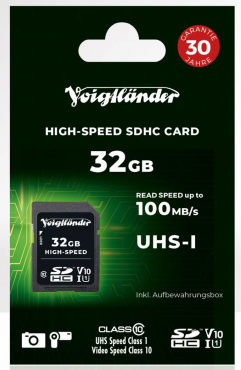
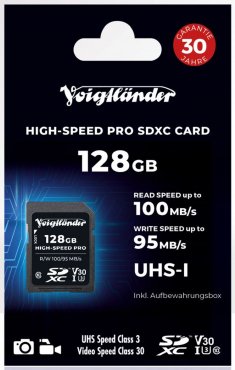

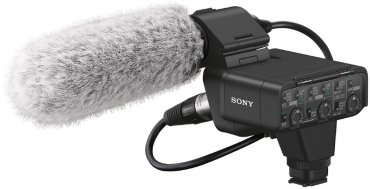

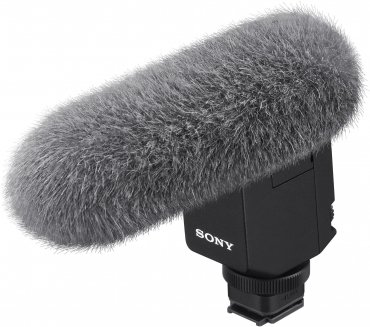
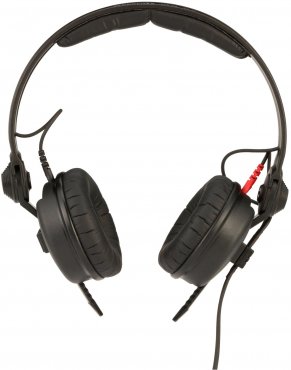
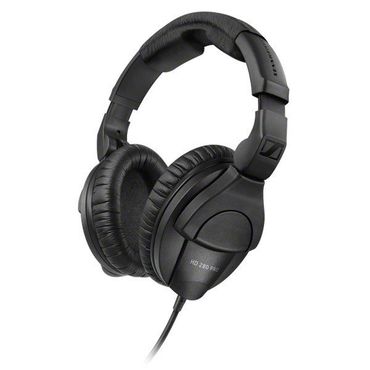
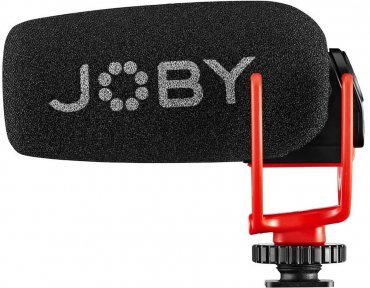
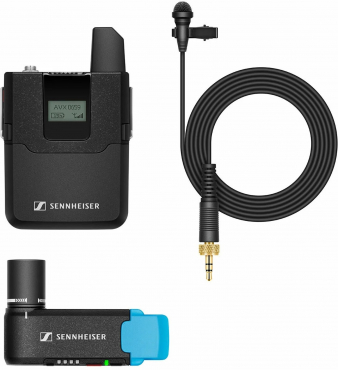
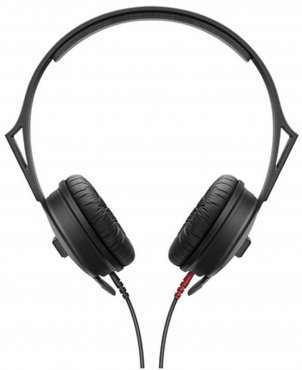
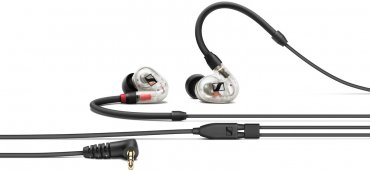
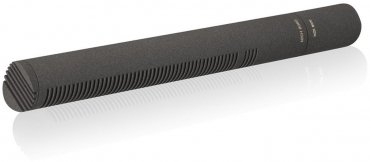

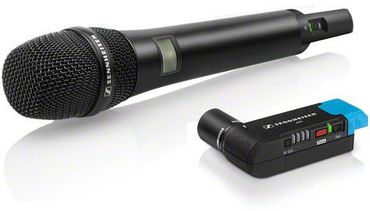
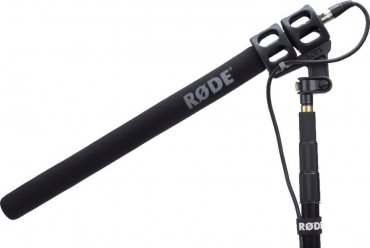


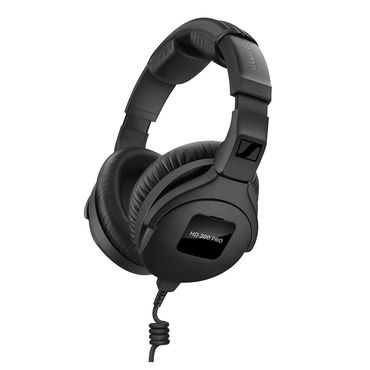
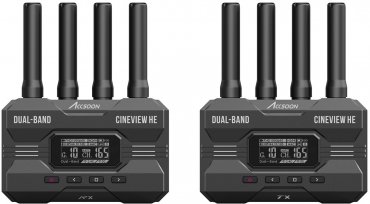




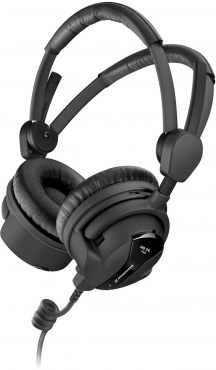

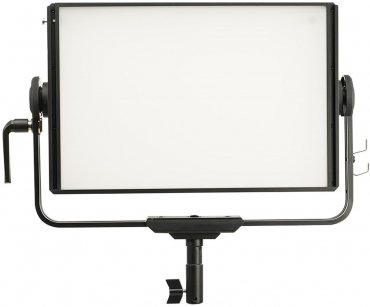
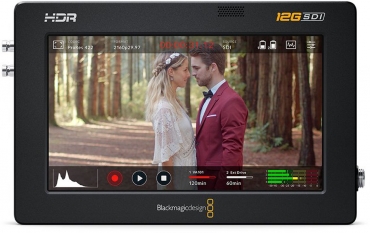

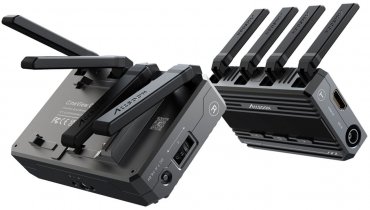
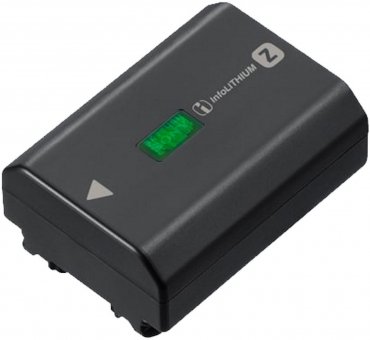
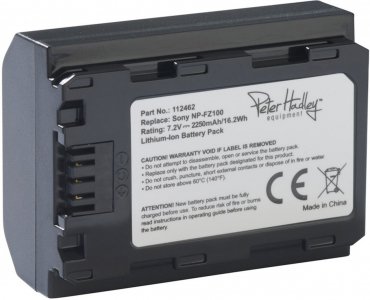
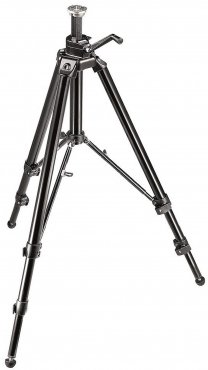
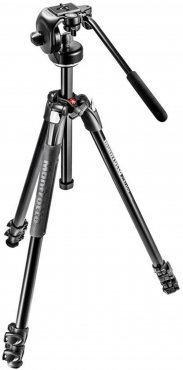

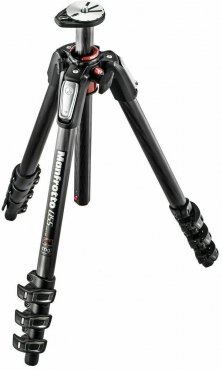

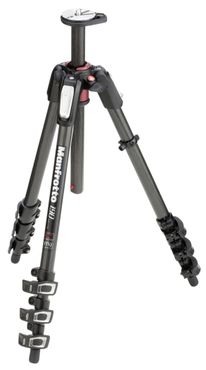

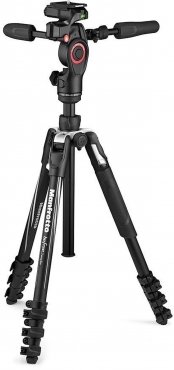

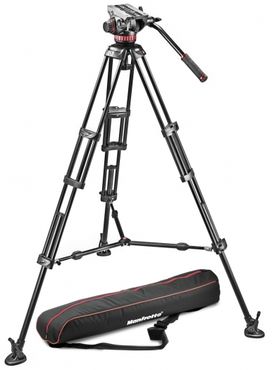
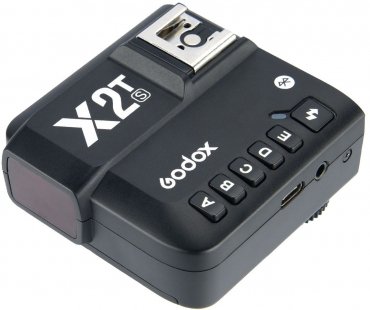
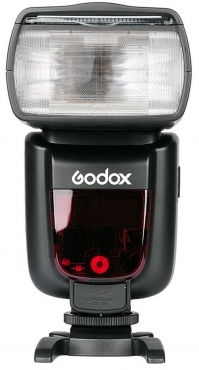
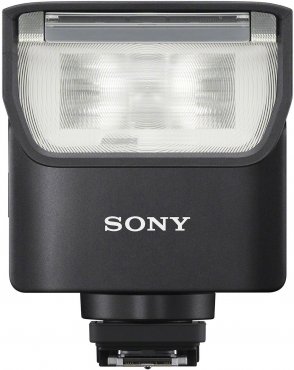
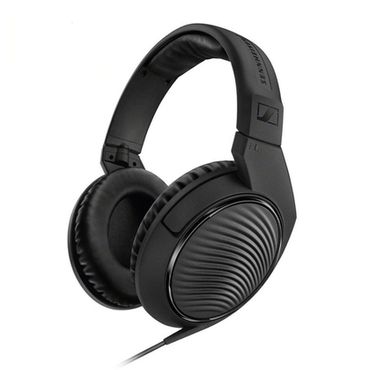

Simply subscribe and benefit as a newsletter recipient every week: